When I start talking about food, my mother somehow always ends up in the conversation, because her cooking made me love food in the first place. She wishes it would have made me love making food as well, but I guess you can’t have everything in life.
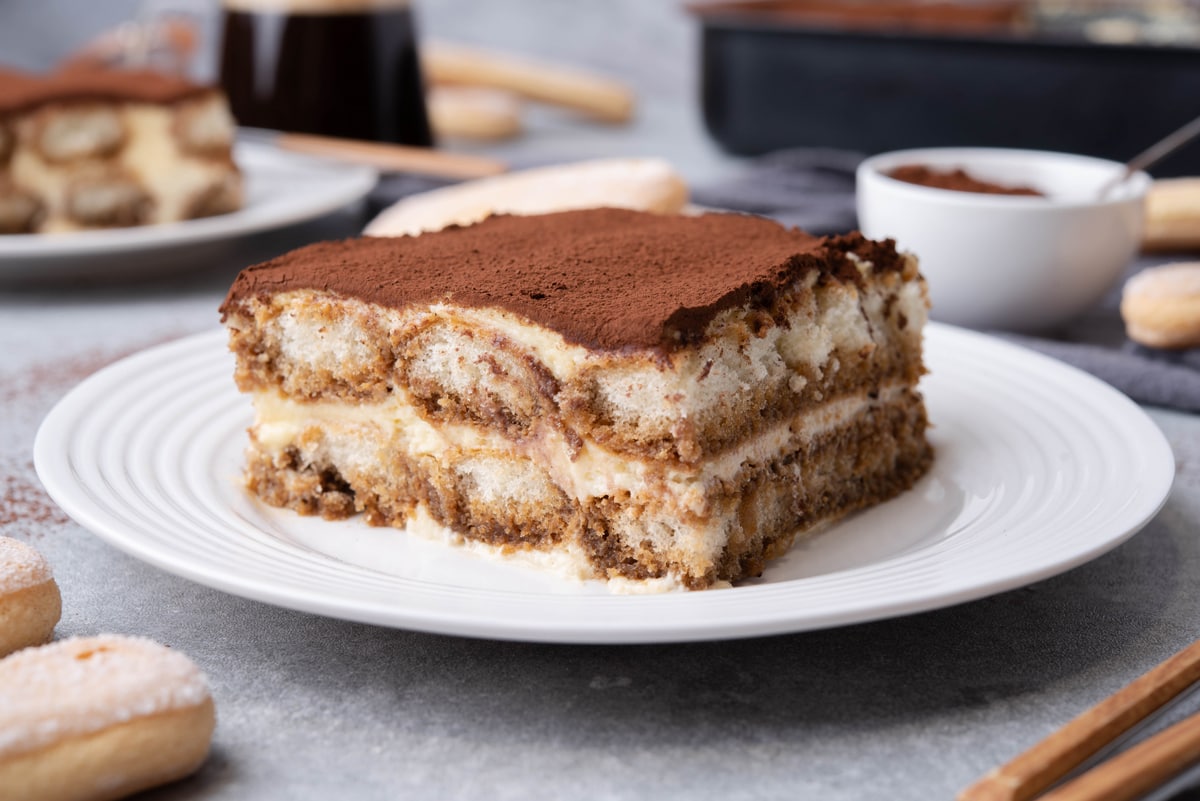
The reason why I am once again talking about my mom is that her desserts were (and still are!) out of this world. For a long time, as a child, I didn’t even like chocolate or cakes or any of that. Shocking, right? But mom eventually won me over with her recipes, and one of my personal favorites will always be her tiramisu. It’s just ridiculous and, in my humble opinion, the best tiramisu recipe around.
I’ve tried tiramisu at many restaurants, but not even the best one can compare to my mom’s. I think in part it’s because she always follows a traditional recipe, and most of the time, “traditional” stands for “the way it’s supposed to be.” But before I reluctantly share my mother’s step-by-step recipe to make tiramisu, let’s go a little bit through its history and what exactly is at the heart of one of the most popular classic Italian desserts.
One of Italy’s most popular desserts, tiramisu is an elegant, rich layering of bold espresso and cocoa, creamy mascarpone, sweet Marsala wine, and delicate ladyfingers, a low-density sponge cake-like cookie. The ladyfingers, which are themselves classic Italian treats, are briefly soaked in an espresso and sugar mixture to soften them.
These are layered with a mixture of mascarpone cheese and zabaione, also called zabaglione, a traditional custard made with Marsala wine, egg, and sugar, all of which come together to create a creamy filling. Some people may use whipped cream in place of mascarpone, but the latter provides a more authentic flavor and texture.
Finally, cocoa powder dusts the top of these layers for additional flavor and to top off tiramisu’s classic appearance. As an added bonus, this delicious recipe is also an absolutely delicious no-bake dessert!
You might be surprised that this classic Italian dessert’s history has a lot to do with … love. Tiramisu, in Italian, stands for “pick me up,” but its meaning takes various shapes, as it can also be interpreted as “cheer me up.”
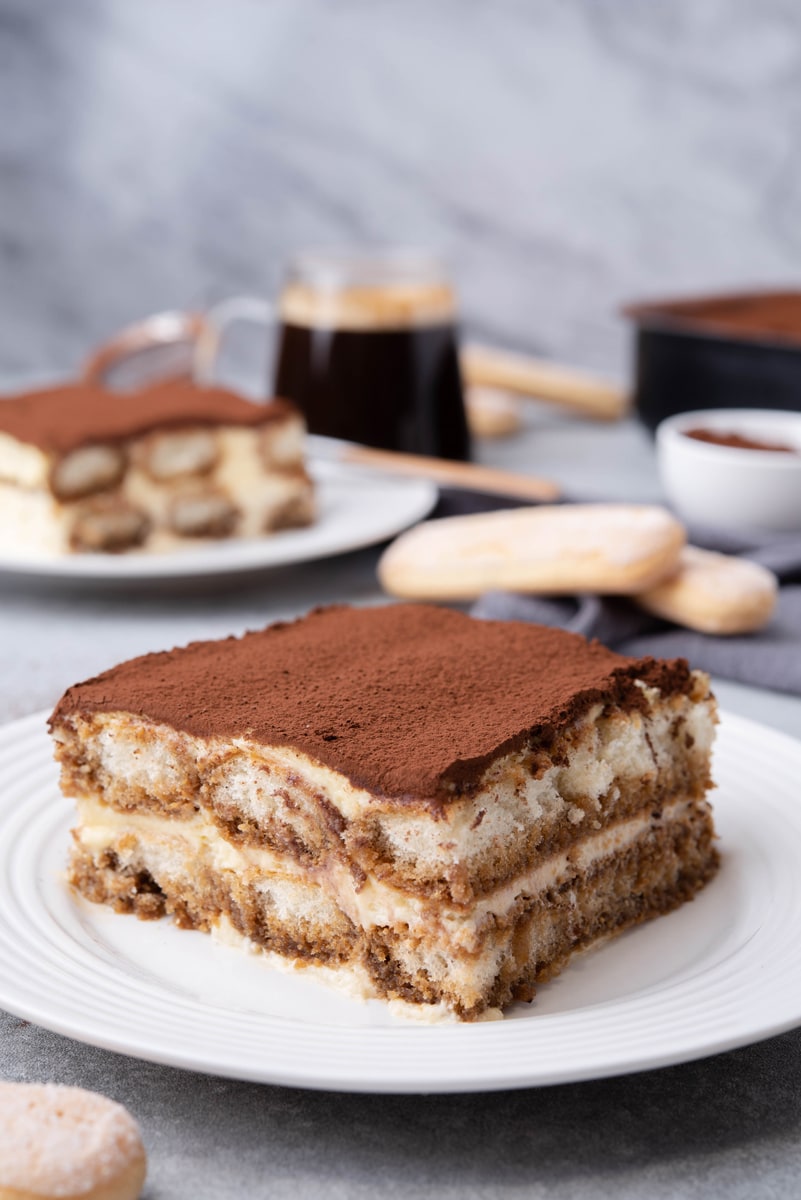
Tiramisu is another one of those confusing recipes that we don’t know whom to attribute to. A consensus seems to be that it was born in Treviso in 1970, first starting out as a “sbatudin,” which is like tiramisu in its first undeveloped and unlayered form.
Eventually, sbatudin turned into the authentic Italian tiramisu recipe we all love, through influences from other Italian regions.
In the late ’60s, a gastronome and actor named Giuseppe Maffioli published a book about Treviso cuisine. In the book, he talks about eating zabaione cream and biscuits with the whole family and mentions it being a Venetian tradition.
“Tiramesù,” as it was called in the beginning, was served for the very first time at a restaurant called Le Beccherie by a pastry chef named Loly Linguanotto, who was just returning to Italy after perfecting his baking skills in Germany. The tiramesù was an instant hit, and not only was it served in the province of Treviso, but also throughout Veneto and even all of Italy.
And as many good things do, it became famous worldwide and developed into several variations, like this pistachio tiramisu recipe.
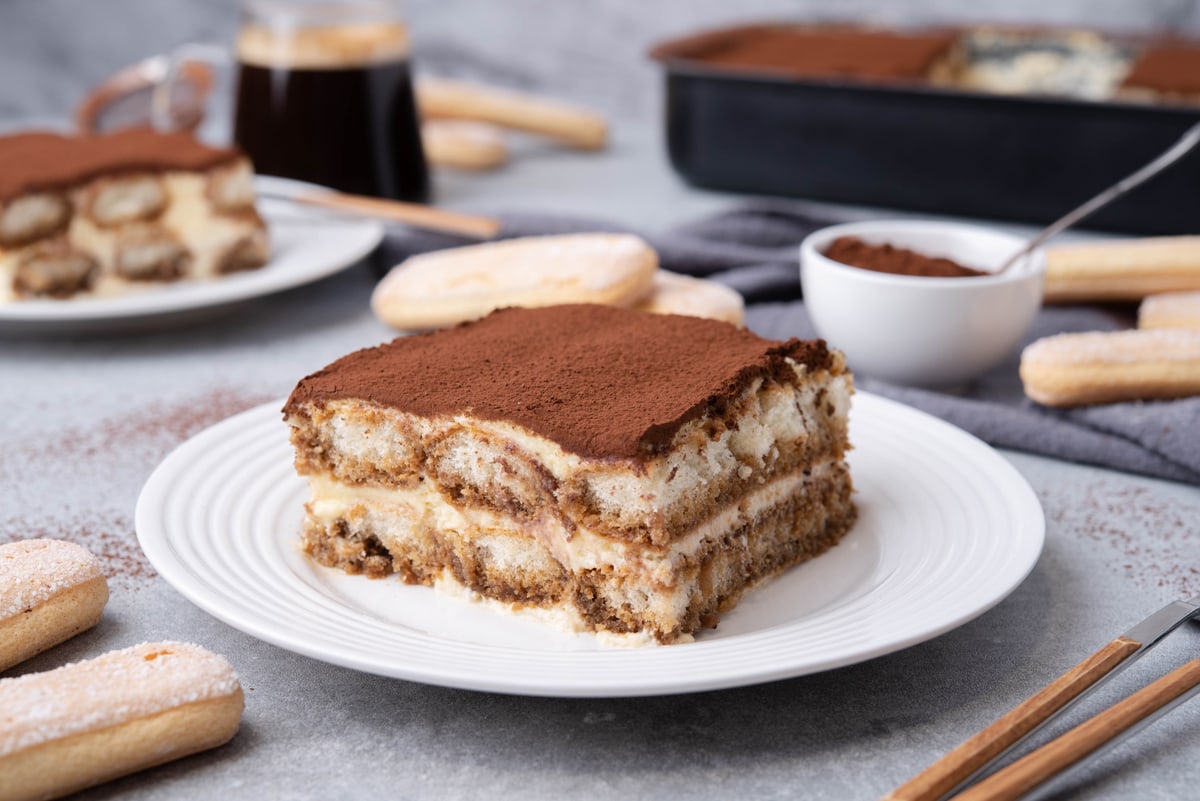
Tiramisu is a dessert served semifreddo — which means it’s not ice cream, but it’s not lava cake either. It’s perfect to eat just as you take it out of the fridge, and it actually tastes better if you leave it to sit overnight and even after a few days.
Although, honestly, when it comes to such a dessert, it’s quite a challenge to let it sit for too long. I guess that’s the Italian charm of food, where anything as basic as a salad dressing or pasta will be eaten on the spot, with no leftovers.
Try other tiramisu variations:
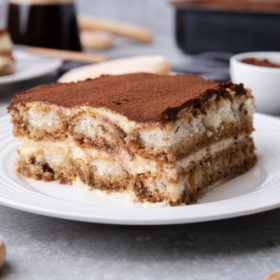
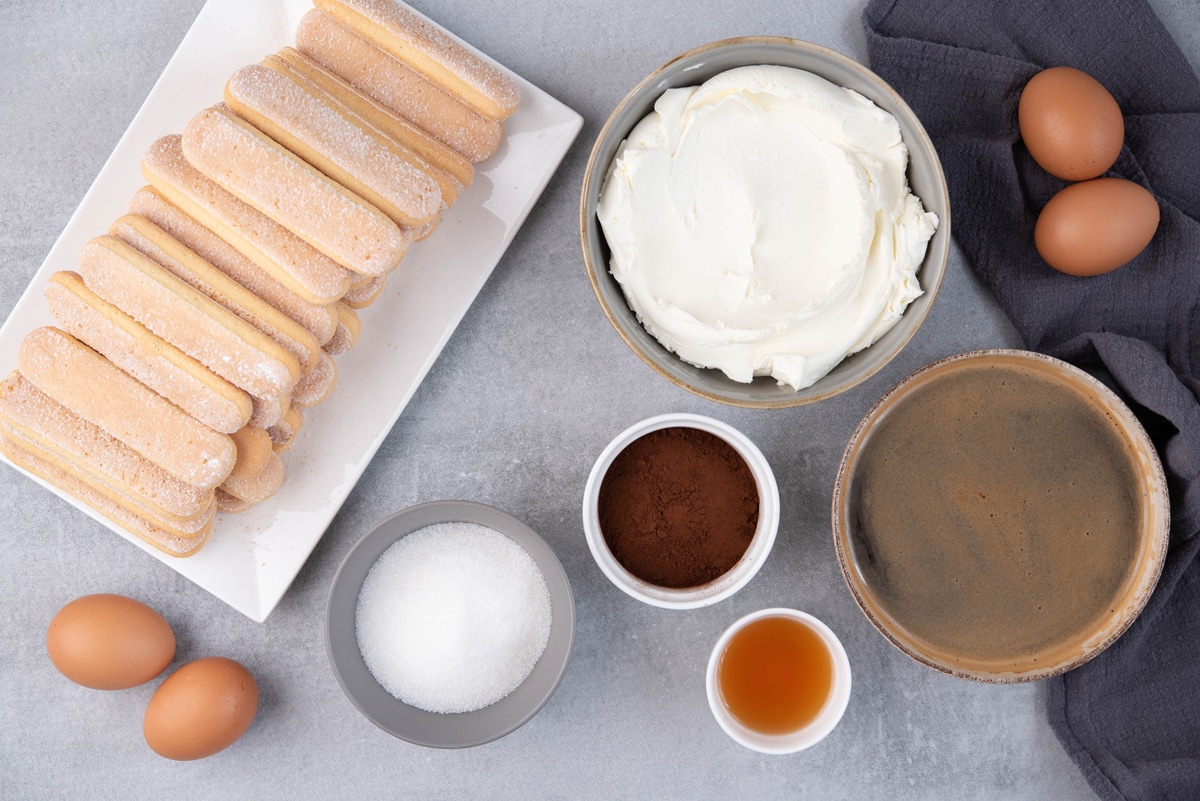
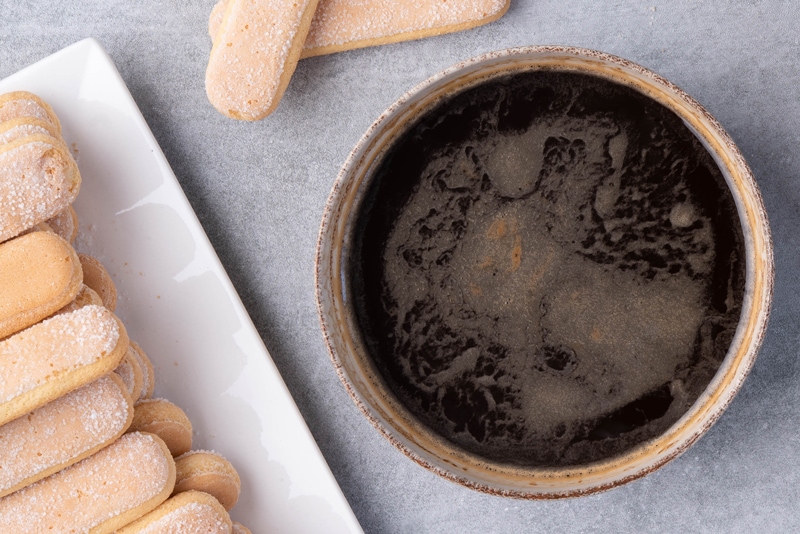
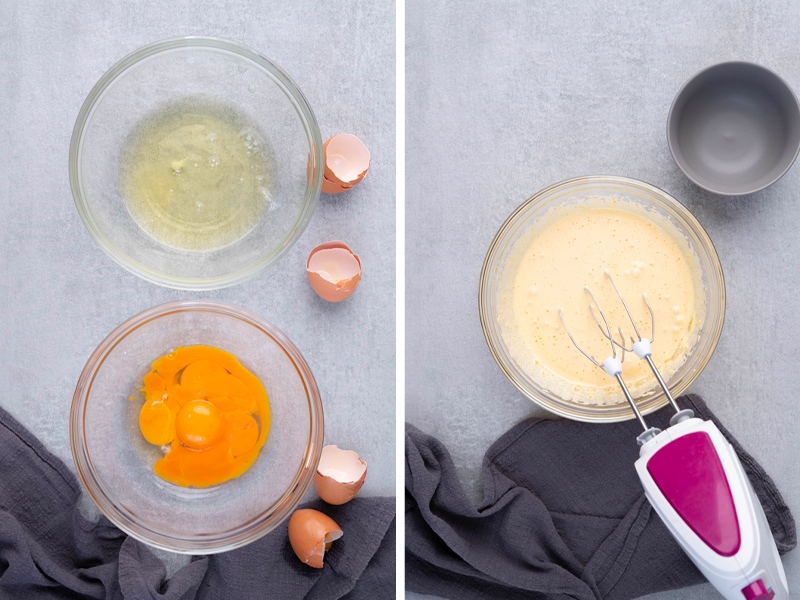
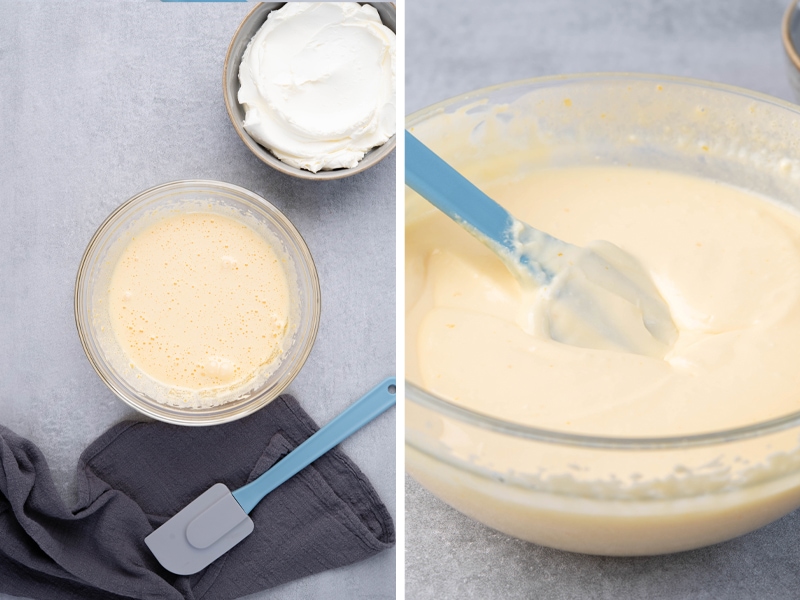
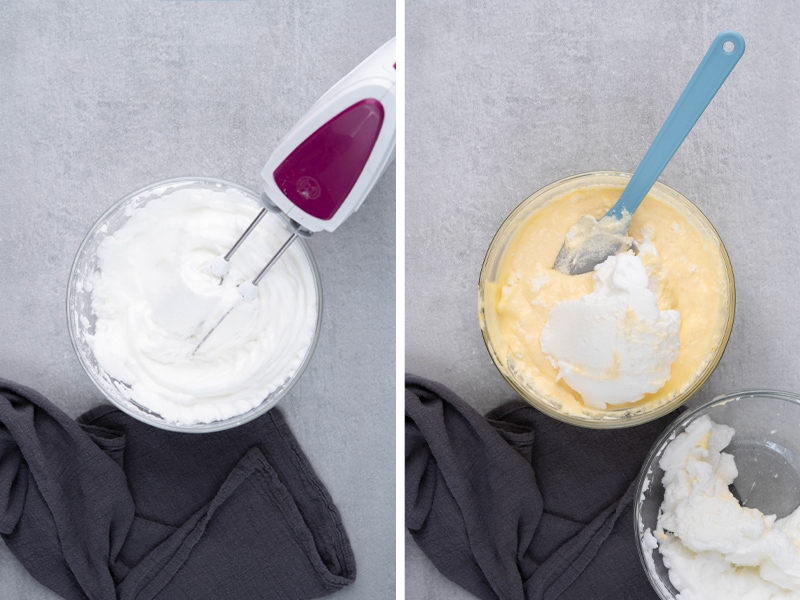
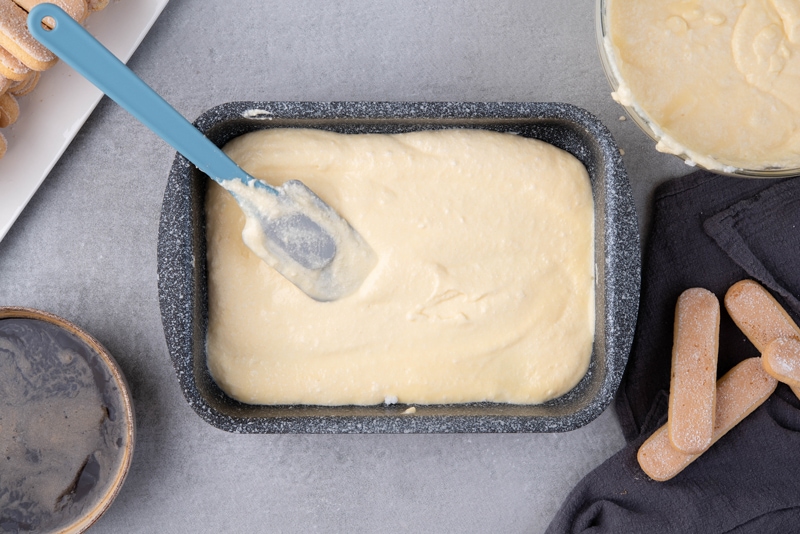
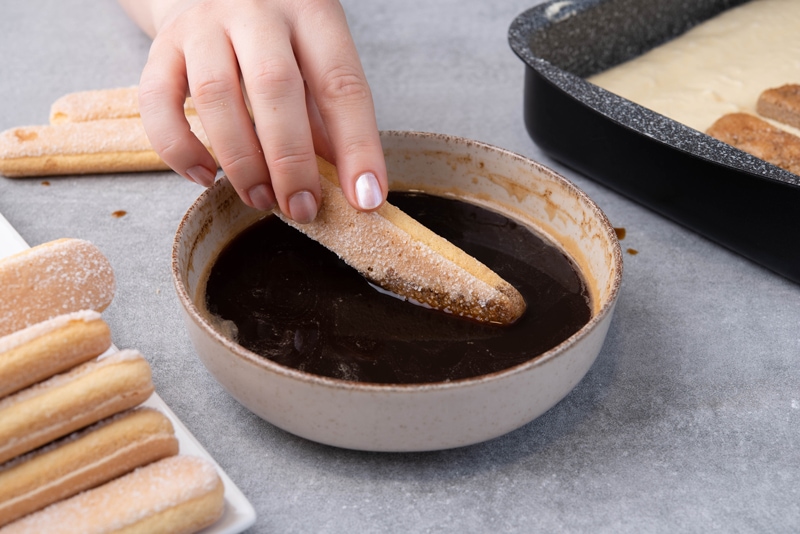
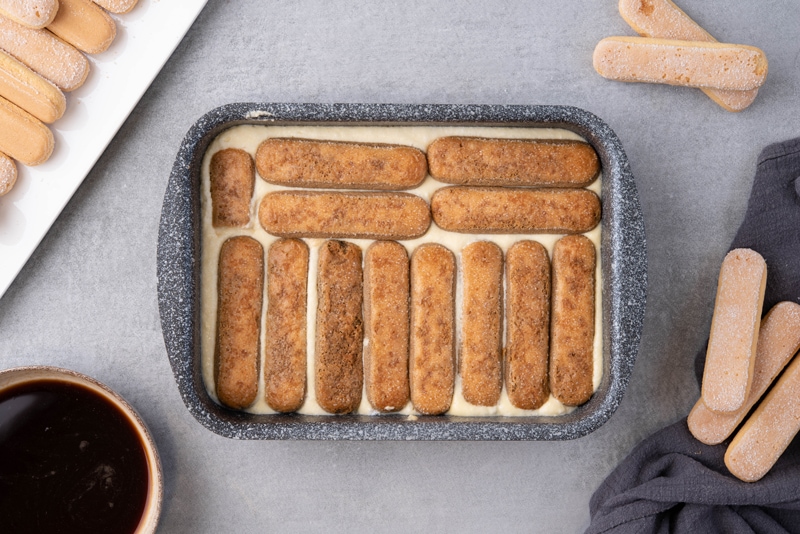
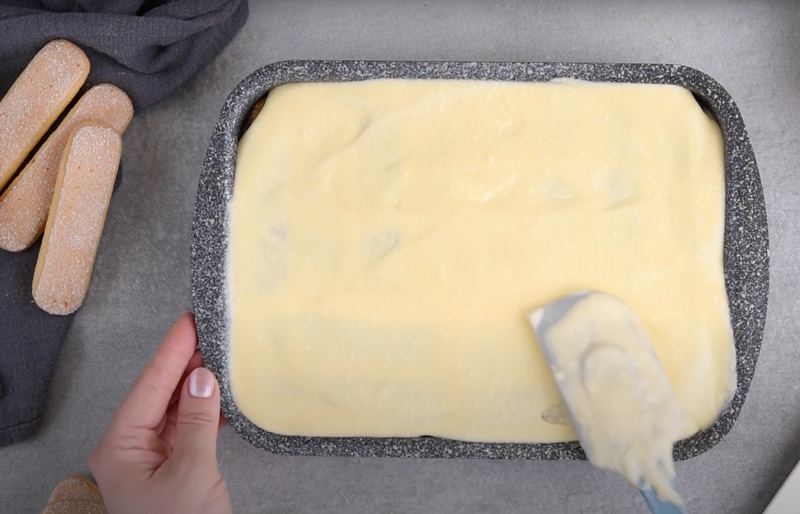
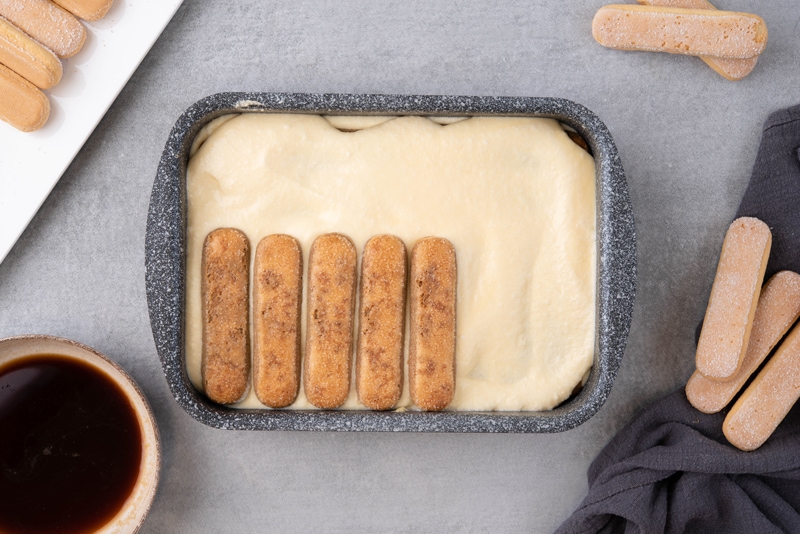
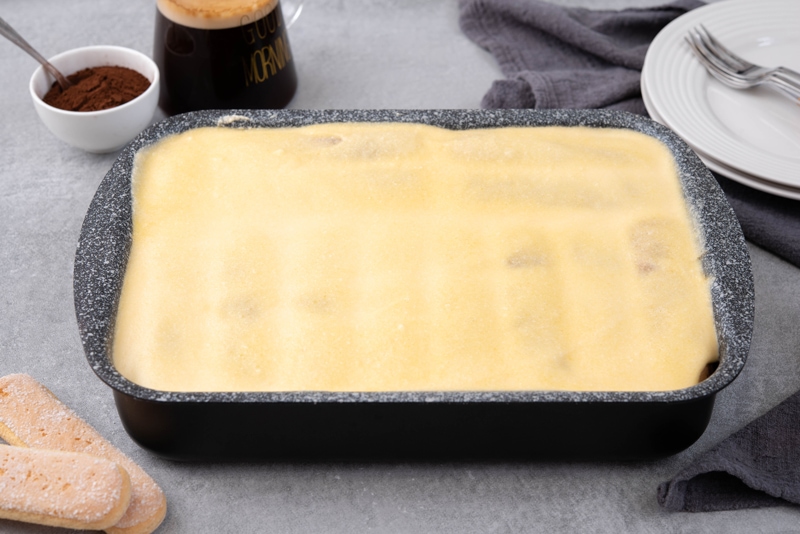

The best way to store this Italian dessert is in the fridge, where it will last for up to four days covered with plastic film.
If you’re unable to obtain mascarpone cream, whipping cream or double cream can be used in a pinch.
This recipe calls for espresso (concentrated black coffee) traditionally.
It is possible to freeze tiramisu provided you use a full-fat mascarpone cheese mixture. To freeze, wrap the dessert in a layer of plastic wrap, then cover with a layer of foil and freeze for up to three months.
Other Italian Traditional Desserts:
Made this tonight. Waiting for my husband to come home tomorrow to eat it but wished there were some more instructions in this recipe or some pictures of the process. I wasn’t sure about the egg mixture what it was supposed to look like and wanted more details on how soft the lady fingers are supposed to be when I dipped them. Not hard overall though!
Ciao Catherine – great, did you guys enjoy it? I hope so! Will add pictures of the process, thanks for the suggestion!
Wonderful tiramisu, at home we make it constantly, it is an easy recipe to make and the result is excellent. Thank you very much for sharing
Cheers
This recipe is amazing! I even used gluten free lady fingers, and it’s still the best tiramisu I’ve had in many years! Thank you for sharing!
Grazie mille Stacey!
Please add U.S. measurements
Thank You
Ciao John – you can find US measurements in the ingredients list
So am i understanding the egg yolks remain raw?
Hi Debra, correct.
This recipe turned out to be perfect! So pleased and will be using in future!
So glad it turned out great! Grazie mille!
Hi! I am making this for a class project. Is there any nutrition information you could provide?
I have to have the serving size, carbs, proteins, fats, sodium, and fiber information.
Yes! I just updated the recipe card and made it available. Hope your project goes well!
Perfectly simple recipe!! Just like I used to make as a kid. And thanks for the photos in the recipe. Just made it, and it turned out great!!
Grazie mille! Glad you enjoyed it.
Made this for Father’s Day…probably the best recipe and so easy to make…it will be my go to Tiramisu recipe…thank you
Grazie mille Mark! I am glad it was a success!
Dear Nonna Box
This recipe is so great that i have stopped eating tiramisu outside. I tried this recipe first time for my friends and family and they have been craving for it every time we meet. It was a super hit… it turned out so well… thanks a lot .. god bless you…
Grazie mille Shweta!
The best so far. I’ve done it 5 times already and my family eats it all the same day! thank you!
Grazie mille Asja!